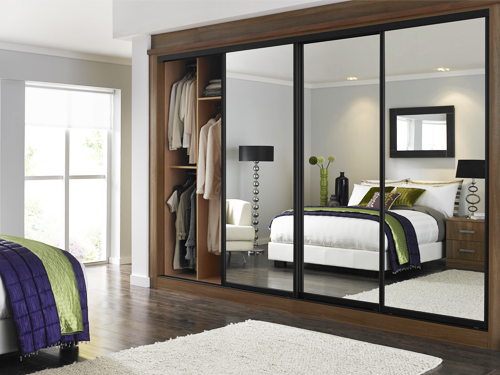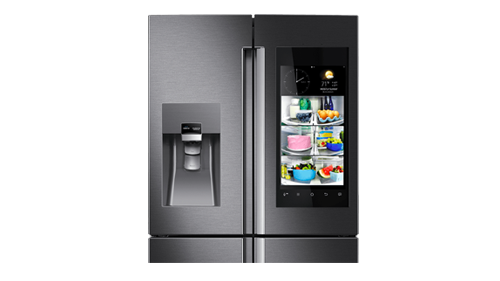
8 Tips on How to Paint Over Wallpaper

If you aren’t interested in spending the time required to remove your wallpaper, painting over your wallpaper is a good option. Depending upon the type of wallpaper you have, you can sometimes achieve a better result than if you had stripped your wallpaper and then painted. 8 Tips on How to Paint Over Wallpaper.
To help you in this project, we have provided you easy to follow step-by-step instructions.
Before You Start
Whether you choose to use a brush or a roller, the same basic principals apply when painting over wallpaper. There is one important piece of information that you need to know before you start, however – that is what kind of wallpaper you want to paint over. If the surface of the wallpaper is shiny, it is a good chance you have a vinyl coated wallpaper (often used in kitchens). If you do have vinyl wallpaper, first try peeling the vinyl wallpaper off the wall. Many vinyl wallpapers are designed to be peeled off leaving the wallpaper backing in place. With the backing on the wall, this makes for a perfect surface to paint upon.
If your wallpaper is a standard paper-based wallpaper, it is a good idea to paint a primer coat on the wall before you start painting with your normal paint.
Tools Needed
1) Paint Brushes – Small & Medium
2) Paint Roller with Tray
3) Undercoat Paint
4) Topcoat Paint
Start Your Project
Before you begin painting, make sure you have adequately prepared the working area.
1) Before you begin painting, the first thing that you must do is make certain that all the wallpaper seams (where one sheet of wallpaper overlaps another) are fixed and not peeling or loose.
2) Next, begin painting your wallpaper with an “undercoat” paint. To select the right undercoat for your project, it is advisable that you discuss your project and end paint color with your local hardware or DIY merchant. They will advise you on the best paints to use for your wallpaper and particular circumstances.
3) Allow your undercoat paint to dry completely. You may consider applying one or two more layers depending upon the type of wallpaper you are painting over. If you can see a shadow of the wallpaper pattern under the first coat, a second or third coat is recommended.When you have finished applying your undercoat paint, you may now begin painting your “top coat” of paint (this is the paint and colour that you ultimately want on the wall).
4) When you have finished applying your undercoat paint, you may now begin painting your “top coat” of paint (this is the paint and colour that you ultimately want on the wall).
For both your Undercoat and Topcoat layers of paint, these techniques will provide the best results:
5) Begin painting along the top edge or upper corner of the wall. In most situations, it is best to use a small to medium sized brush.Using a larger brush or a roller, begin painting from the top of the wall to the bottom. Try to adequately cover 1 square meter before moving on.
6) Using a larger brush or a roller, begin painting from the top of the wall to the bottom. Try to adequately cover 1 square meter before moving on.Use both horizontal strokes and vertical strokes to achieve the best coverage.
7) Use both horizontal strokes and vertical strokes to achieve the best coverage.When you near the bottom of the wall, use a small to medium sized brush to paint the area where the wall meets the floor.
8) When you near the bottom of the wall, use a small to medium sized brush to paint the area where the wall meets the floor.
Important:
Try to finish an entire wall before stopping. If only a section of wall is painted there is a risk that the wall may display a slightly different tone in colour or texture.
Try to finish an entire wall before stopping. If only a section of wall is painted there is a risk that the wall may display a slightly different tone in colour or texture.
Tips:
For interior walls, the most common paint used is an Emulsion Paint. For skirt boards, picture rails, and other wall features, a gloss or flat finished Oil Based paint is commonly used.










Recent Comments